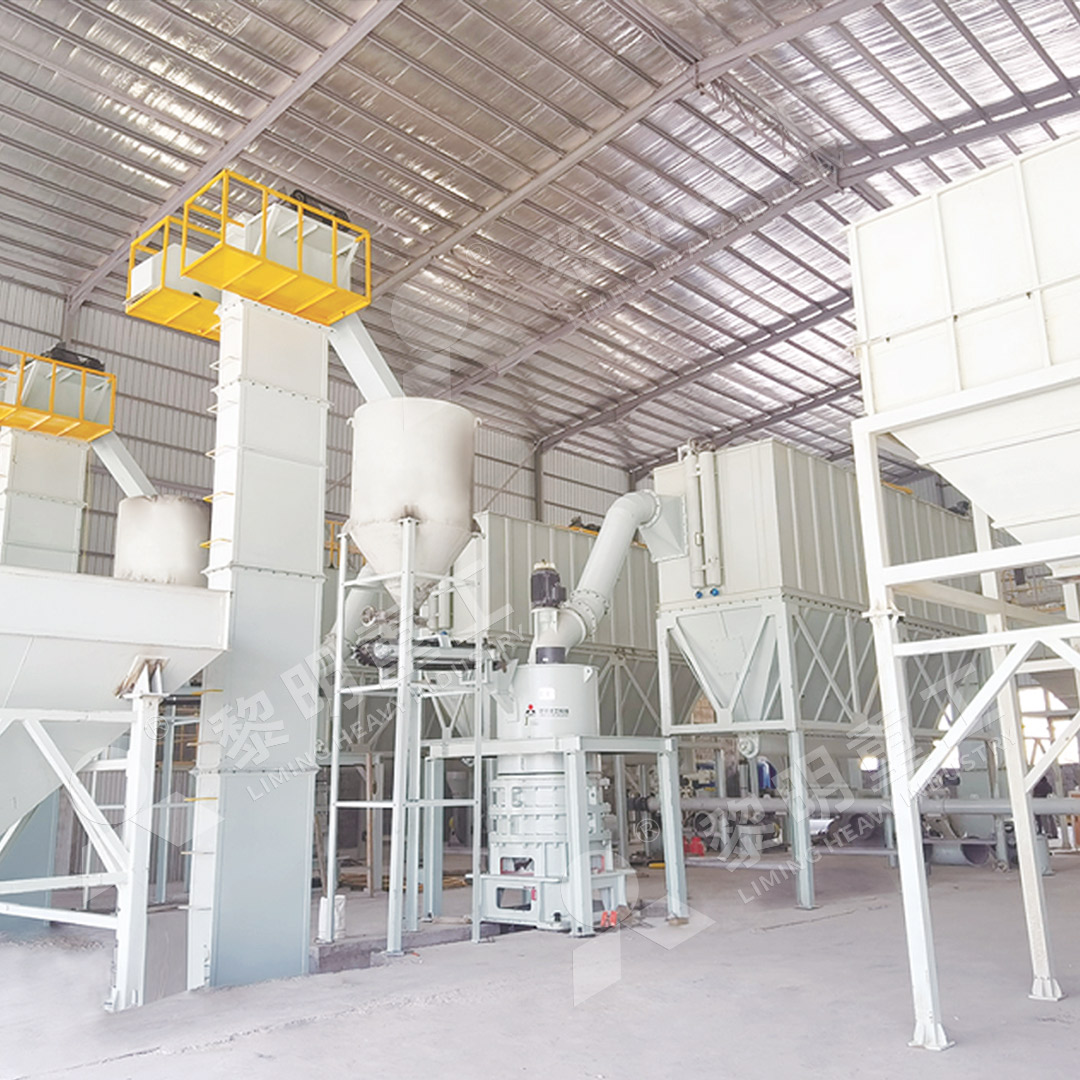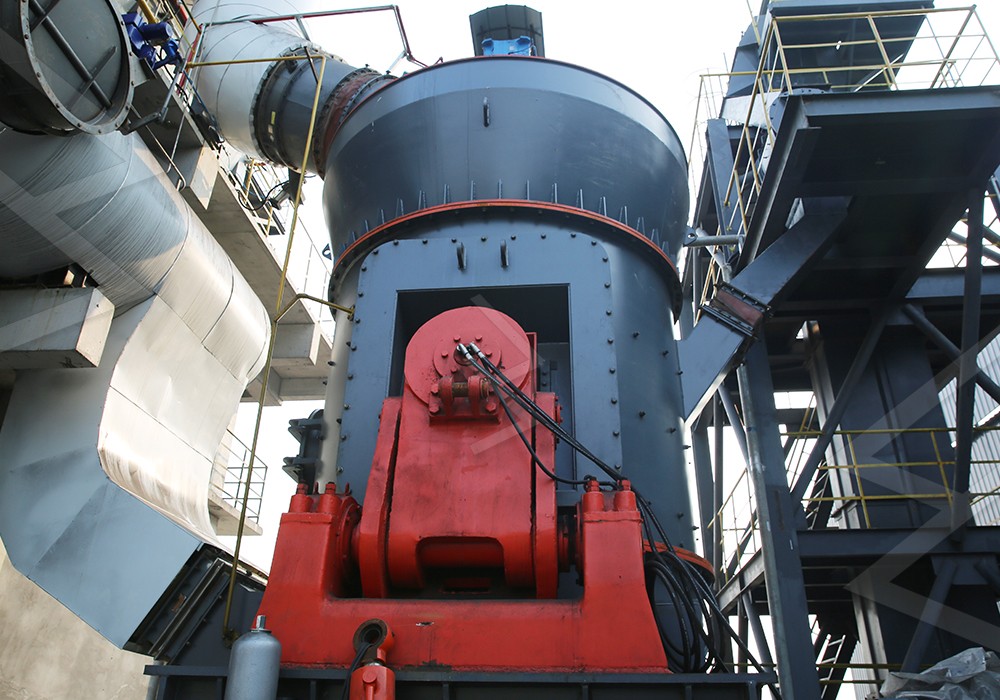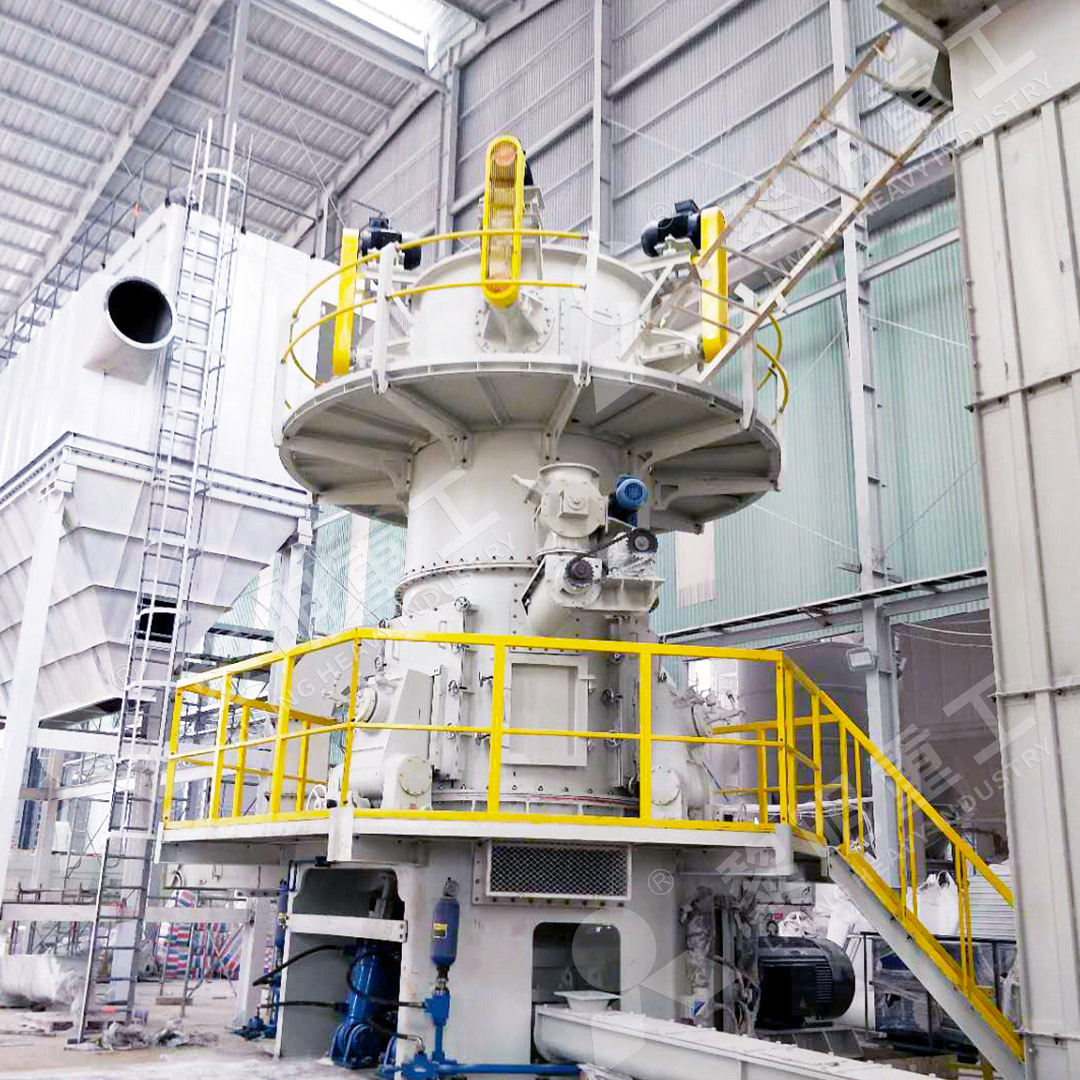High-Efficiency Vertical Roller Raymond Mill for Fine Powder Grinding
High-Efficiency Vertical Roller Raymond Mill for Fine Powder Grinding
In today’s competitive industrial landscape, achieving superior fine powder grinding efficiency while maintaining operational economy has become paramount. Traditional grinding methods often struggle to balance production capacity, energy consumption, and final product quality. The evolution of vertical roller mill technology has revolutionized this field, offering unprecedented performance for various industrial applications.

The Technological Advancement in Fine Powder Processing
Modern vertical roller mills represent a significant leap forward from conventional grinding systems. These advanced machines integrate multiple processes including crushing, drying, grinding, classification, and conveying into a single, streamlined operation. The vertical configuration not only reduces floor space requirements by up to 50% compared to traditional ball mills but also delivers substantial energy savings of 30-40%.
One standout solution in this category is the MW Ultrafine Grinding Mill, specifically engineered for customers requiring ultra-fine powder production. With an input size capacity of 0-20 mm and production rates ranging from 0.5 to 25 tons per hour, this machine demonstrates remarkable versatility across multiple industries. Its integrated efficient pulse dust collector and muffler system effectively minimizes environmental impact by reducing both dust emissions and operational noise.
Key Performance Advantages
The MW Ultrafine Grinding Mill incorporates several innovative features that set it apart from conventional grinding equipment. The newly designed grinding curves of the grinding roller and ring significantly enhance grinding efficiency, resulting in production capacity that is 40% higher than jet grinding mills and stirred grinding mills operating at the same fineness and power consumption levels. Remarkably, the yield is twice that of traditional ball grinding mills while system energy consumption is reduced to just 30% of jet grinding mill requirements.
Another critical advantage lies in its adjustable fineness capability, ranging from 325 to 2500 meshes. The cage-type powder selector, incorporating German technology, ensures precise powder separation. The multi-head cage-type powder selector can be configured according to specific user requirements for yield, fineness, and sieving rate, achieving screening rates of d97≤5μm in a single pass.

Operational Reliability and Environmental Compliance
The absence of rolling bearings and screws within the grinding chamber eliminates concerns about bearing damage or sealing part failures. This design innovation also prevents machine damage caused by loose screws, significantly enhancing operational reliability. The external lubrication system allows for maintenance without shutdown, enabling continuous 24-hour production cycles.
Environmental considerations are thoroughly addressed through the integrated pulse dust collector, ensuring dust-free operation throughout the entire milling process. Combined with silencers and noise elimination rooms, the system operates well within national environmental protection standards, making it an ideal choice for environmentally conscious operations.
For operations requiring different specifications, the LUM Ultrafine Vertical Grinding Mill presents another excellent option. With an input size of 0-10 mm and capacity of 5-18 tph, this mill incorporates the latest Taiwanese grinding roller technology and German powder separating technology. Its unique roller shell and lining plate grinding curve design facilitates easier material layer generation and enables high finished product rates through single-pass powder milling.
Applications Across Industries
These advanced grinding systems find applications across numerous industries including limestone, calcite, dolomite, petroleum coal, gypsum, barite, marble, talc, and coal powder processing. The chemical industry extensively utilizes these mills for paint, cosmetics, medicine, and food additive production where consistent fine powder quality is critical.

The digitalized processing capabilities ensure high precision manufacturing, particularly for core components. With tens of lines of numerical controlling machine tools, operations including steel plate cutting, bending, planing, milling, and paint spraying are all numerically controlled, guaranteeing exceptional machining accuracy and consistent performance.
Frequently Asked Questions
What is the typical energy consumption reduction compared to traditional grinding systems?
Vertical roller mills typically reduce energy consumption by 30-50% compared to conventional ball mills and other traditional grinding systems, while simultaneously increasing production capacity.
How does the adjustable fineness feature work?
The advanced cage-type powder selector technology allows operators to precisely control product fineness between 325-2500 meshes through adjustable rotor speeds and separation parameters, ensuring consistent product quality.
What maintenance advantages do these systems offer?
The absence of internal rolling bearings and screws in the grinding chamber, combined with external lubrication systems, enables maintenance without production shutdowns and reduces overall maintenance costs significantly.
How do these mills address environmental concerns?
Integrated pulse dust collectors, silencers, and negative pressure operation ensure dust-free processing and noise reduction, with emission standards exceeding international environmental requirements.
What industries benefit most from these grinding systems?
These advanced mills serve numerous industries including mining, chemicals, construction materials, pharmaceuticals, food processing, and energy production where consistent fine powder quality is essential.
